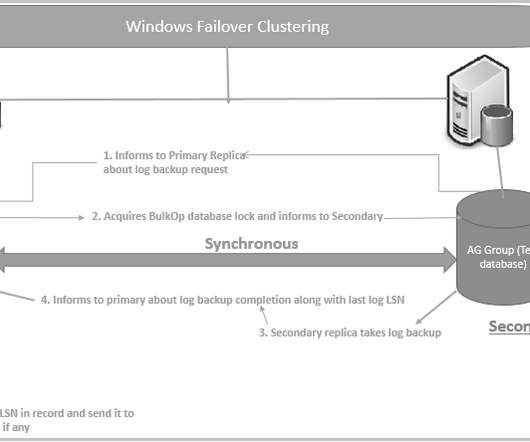Make the most of secondary replicas in SQL Server Always On Availability Groups
SQL Shack
OCTOBER 13, 2020
In this 31st article of the SQL Server Always On Availability Group series, we will explore how you can use the secondary replica SQL database for your workloads. We configure the SQL listener to […].













Let's personalize your content